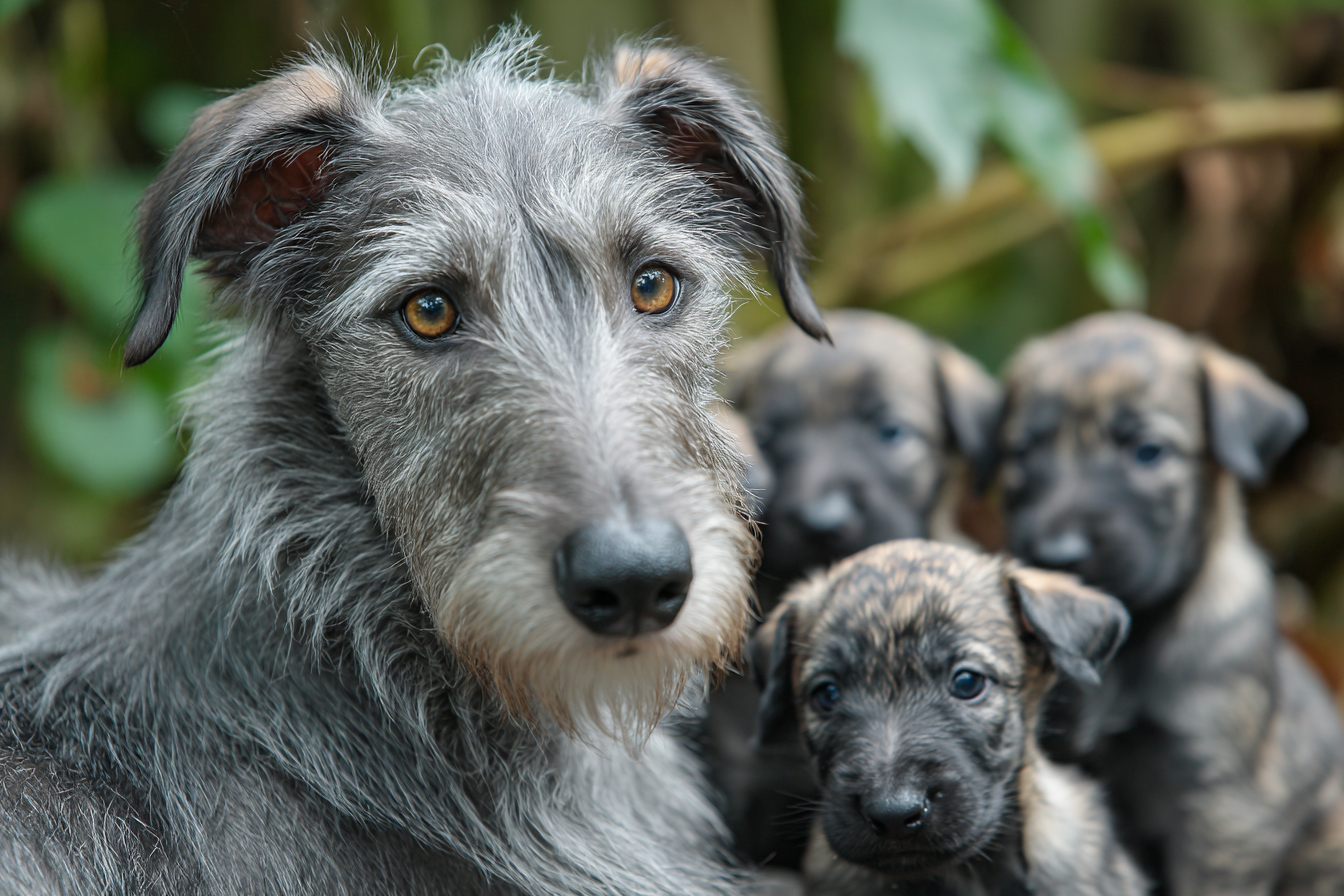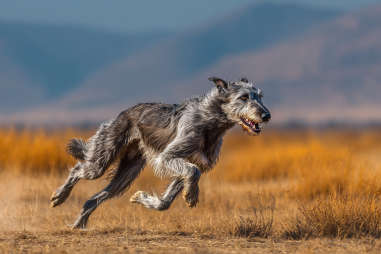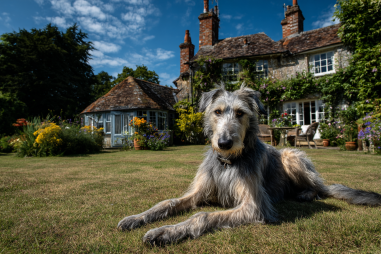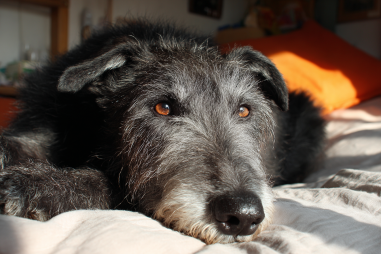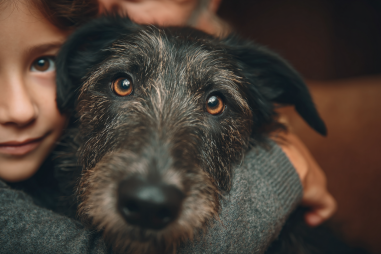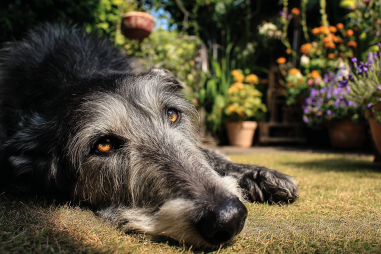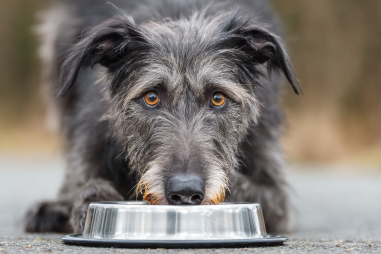Breeding Scottish Deerhounds is a rewarding endeavor that requires dedication, knowledge, and a commitment to preserving the health and quality of this majestic breed. As one of the oldest and tallest sighthounds, Scottish Deerhounds have a rich history and unique characteristics that breeders must respect and maintain. Whether you’re a seasoned breeder or new to the world of canine breeding, understanding the key guidelines will help ensure that your efforts contribute positively to the breed’s future. This article will walk you through essential Scottish Deerhound breeding guidelines, including health testing, selecting pairs, the mating process, and ethical considerations to keep in mind.
Overview of Responsible Breeding
Responsible breeding is the cornerstone of maintaining the Scottish Deerhound’s integrity, temperament, and health. Breeding should always aim to enhance the breed rather than simply producing puppies. This means prioritizing the dog’s well-being and genetic health above all. Ethical breeders conduct thorough research and invest time and resources into understanding the breed’s history, traits, and common health issues before deciding to breed.
One crucial principle of responsible breeding is planning—not breeding simply for profit or because a dog is popular. It involves thoughtfully choosing breeding pairs to improve or preserve positive traits, temperament, and physical characteristics. Through careful breeding decisions, you contribute to a healthier, happier generation of Scottish Deerhounds who adhere to the breed standard laid out by major kennel clubs like the American Kennel Club (AKC) or The Kennel Club (UK).
Before beginning any breeding program, it’s essential to have clear goals and a plan for puppy placement. Buyers should be vetted to ensure they can provide the right home environment, and breeders should be prepared to offer ongoing support and advice after the puppies are placed.
Health Testing and Screenings
Health testing is a non-negotiable aspect of breeding Scottish Deerhounds. Because this breed has known hereditary health concerns, it is vital to screen prospective breeding dogs thoroughly. Doing so minimizes the risk of passing on genetic disorders and ensures puppies are bred from the healthiest possible stock.
Some of the critical health issues to test for in Scottish Deerhounds include:
- Cardiac Health: Scottish Deerhounds are predisposed to certain heart conditions, such as cardiomyopathy. Regular cardiac screening using echocardiograms performed by veterinary cardiologists is recommended.
- Hip Dysplasia: Hip quality can be assessed through radiographs to help reduce the inherited risk of hip dysplasia, which can impair mobility.
- Osteosarcoma: While not always predictable, understanding family histories related to bone cancer is important, as Scottish Deerhounds have a higher incidence than some other breeds.
- Eye Examinations: Annual or regular eye exams help detect issues like progressive retinal atrophy (PRA) or other hereditary eye diseases.
- Thyroid Function: Thyroid testing can help identify hypothyroidism, a relatively common condition in many breeds, including Deerhounds.
DNA testing is becoming increasingly helpful in identifying carrier status for various genetic conditions. Responsible breeders adhere to recommendations from breed clubs and veterinary specialists, sharing health results openly to maintain breed transparency and trust.
Selecting Breeding Pairs
Choosing the right breeding pair is an art as much as it is science. Breeders must balance health, temperament, and conformation to breed dogs that excel as companions and exemplars of the breed standard.
When selecting mates, consider the following factors:
- Health and Genetics: Only healthy dogs free of major genetic issues should be bred. Use health testing data to find complementary pairs that reduce hereditary risks.
- Temperament: Scottish Deerhounds are known for their gentle, patient, and affectionate nature. Breeding two dogs with stable, friendly temperaments helps maintain this beloved trait.
- Conformation: Pair dogs that meet the breed standard including height, coat, body structure, and gait. Avoid exaggerations or faults that might be passed on or worsened.
- Pedigree and Diversity: Avoid close inbreeding by carefully studying pedigrees to maintain genetic diversity in your breeding lines. This reduces the chances of health problems linked to inbreeding.
- Age and Breeding History: Ensure the dam and sire are of appropriate age and health to breed successfully. Repeated breeding or breeding at an inappropriate age can jeopardize the dogs’ well-being.
Collaboration with breed clubs and experienced breeders for feedback and advice can be invaluable during the selection process.
Mating and Whelping Process
Understanding the mating and whelping processes is vital for a successful breeding experience. Monitoring the female’s heat cycles and physical readiness helps optimize timing for mating. Typically, the first heat occurs around 12 to 15 months of age, but breeding is often recommended after the second or third heat when the dog is more physically mature.
Signs to watch for include vulvar swelling, behavioral changes, and discharge. Ovulation usually occurs mid-cycle, so breeders monitor progesterone levels through blood tests to determine the ideal day for breeding. Natural mating or artificial insemination methods can be used depending on logistics and compatibility.
Once mating is confirmed, the focus shifts to caring for the expectant dam. Providing a balanced, nutrient-rich diet and ensuring a calm, stress-free environment supports a healthy pregnancy, which lasts approximately 63 days.
The whelping process requires preparation, including setting up a quiet, comfortable whelping area with easy access to the dam. Supplies should be on hand, such as clean towels, heating pads, and emergency vet contacts. It’s important to monitor the dam closely for signs of labor and be ready to assist or seek professional help if complications arise.
Puppy Care and Early Socialization
The critical early weeks of a Scottish Deerhound puppy’s life set the foundation for their future health and behavior. During this time, the breeder’s role shifts to nurturing and socializing the litter in a safe, controlled environment.
Key aspects of puppy care include:
- Nutrition: Puppies rely on their mother’s milk for the first several weeks. If the dam cannot nurse adequately, a high-quality puppy milk replacer should be used.
- Health Monitoring: Regular veterinary check-ups, deworming, and vaccinations are essential to safeguard against common diseases.
- Early Socialization: Gradually introducing puppies to different sounds, sights, gentle handling, and mild environmental changes helps them develop confidence and reduces fearfulness later in life.
- Enrichment: Providing safe toys and opportunities for exploration encourages physical and cognitive development.
- Weaning and Transition: Puppies typically start weaning around 3-4 weeks and should be fully transitioned to solid food by 6-8 weeks, preparing them for their future homes.
Responsible breeders carefully screen potential puppy homes and provide guidance to new owners to ensure the puppy’s smooth transition and long-term well-being.
Ethical Considerations
Breeding Scottish Deerhounds carries profound ethical responsibilities. Breeders must always prioritize the dogs’ welfare over profits or personal ambition. This means avoiding overbreeding, considering the physical and emotional demands on breeding dogs, and being prepared to care for dogs that do not meet breeding, show, or show potential.
Transparency, honesty, and integrity with prospective buyers and fellow breeders build trust and uphold the breed’s reputation. Ethical breeders also commit to the lifelong welfare of their puppies, offering support to owners and taking back dogs if circumstances change.
Additionally, respecting and following breed club recommendations, local animal laws, and veterinary advice ensures safe and humane breeding practices. Contribution to ongoing education and breed health research benefits the entire Scottish Deerhound community.
Supporting the Future of Scottish Deerhounds
Breeding Scottish Deerhounds is a privilege that comes with the responsibility of preserving a noble and historic breed. By adhering to these guidelines—prioritizing health, temperament, and ethical standards—breeders contribute to the continuing legacy of the Scottish Deerhound, ensuring that future generations embody the grace, gentleness, and majesty this breed is known for.
Whether you are just starting or looking to refine your breeding program, always remember that your choices have a lasting impact. Work closely with breed clubs, veterinarians, and fellow breeders, and commit to lifelong learning to navigate the challenges and joys of this rewarding journey.

